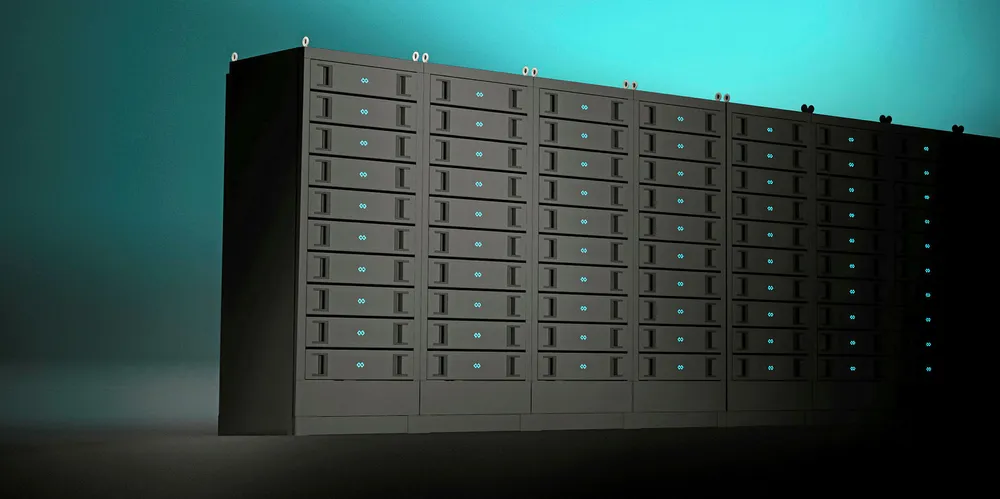'Double the energy density': US gigafactory to make lithium-metal batteries to beat Li-ion
Next-generation technology from start-up Lavle could revolutionise clean aviation, shipping, rail, defence and oil & gas

Next-generation technology from start-up Lavle could revolutionise clean aviation, shipping, rail, defence and oil & gas
